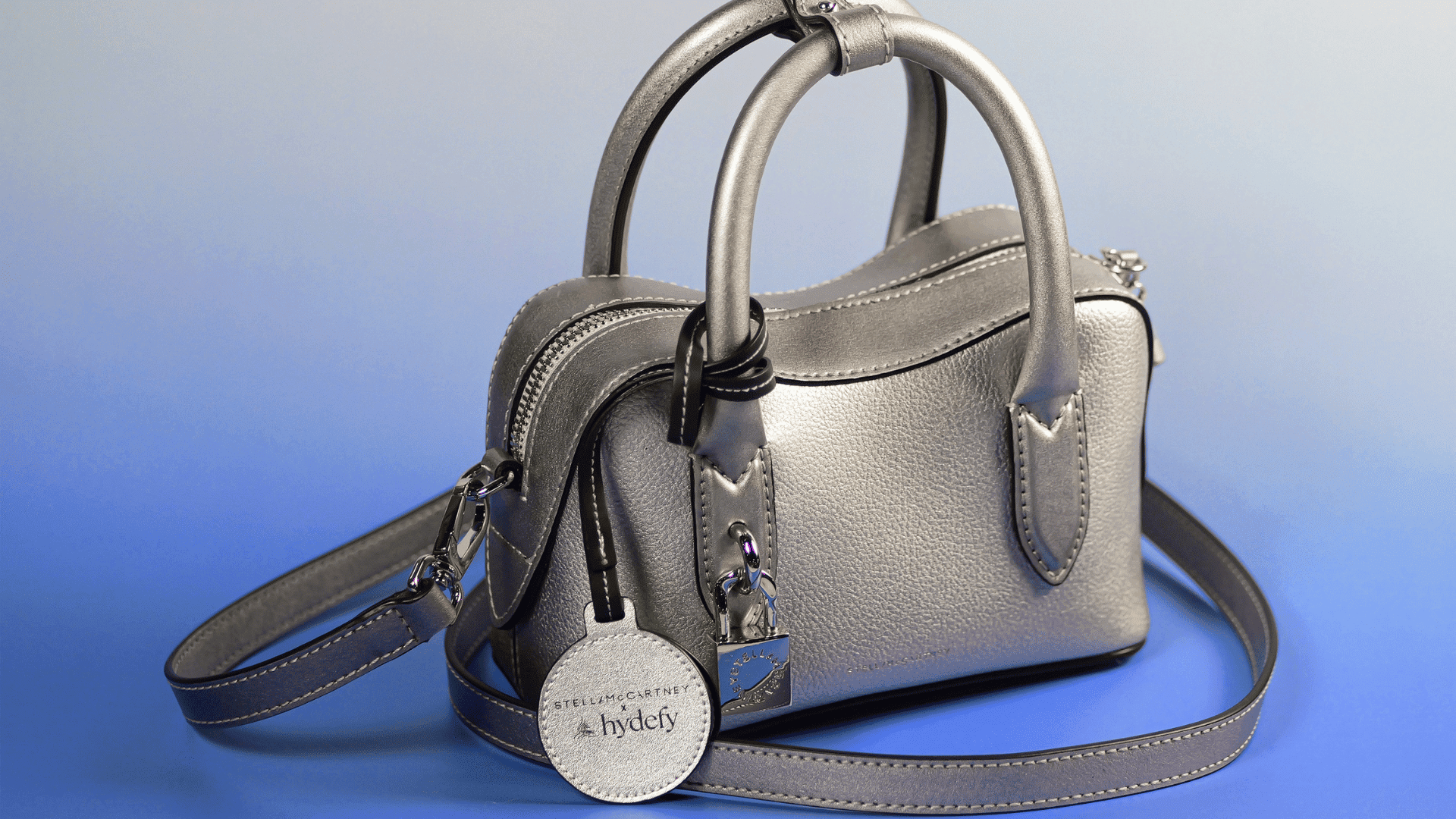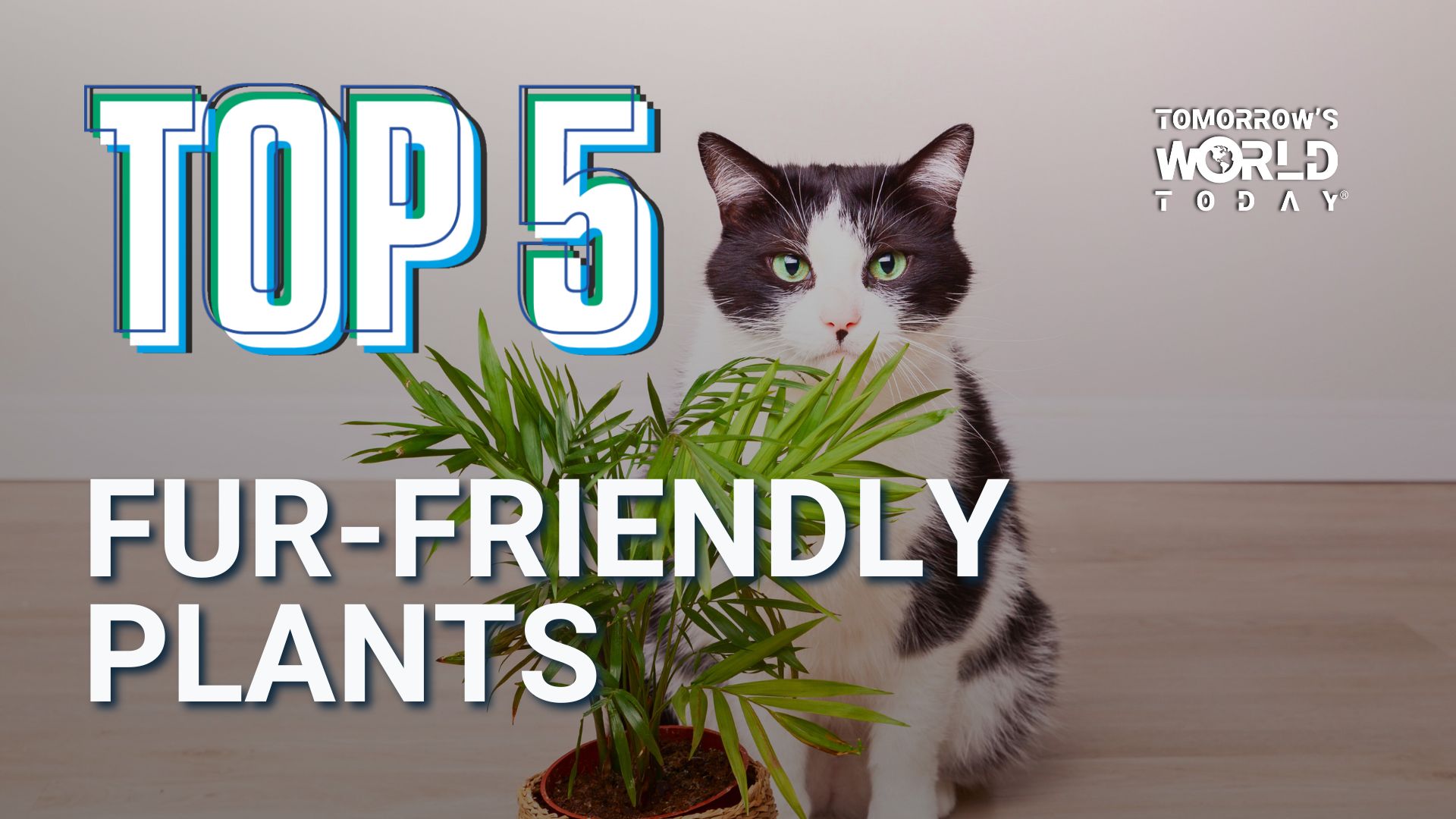The fashion industry has long grappled with sustainability challenges, particularly in leather production. Traditional animal leather, while beautiful and durable, raises ethical concerns and contributes significantly to greenhouse gas emissions.
Meanwhile, most vegan leather alternatives rely on petroleum-based materials like PVC and polyurethane, which come with their own environmental and health drawbacks. Enter Hydefy, a revolutionary company creating a third category of leather made primarily from fungi and plant-based inputs.
Rachel Lee, founding partner and general manager of Hydefy, is pioneering this innovative approach to sustainable materials. The company began with an extraordinary discovery in Yellowstone National Park’s geothermal hot springs, an extremophile fungus that thrives in extreme heat and acidic conditions.
Sustainable Leather

This remarkable organism was initially identified during NASA-supported research and caught attention for its resource efficiency. It grows within just 2-3 days with minimal water, carbon, and energy requirements. What made this fungus particularly suitable for material development was its filamentous structure, which, under a microscope, resembles the fibrous network of animal skin.
The development process wasn’t without challenges. Transforming a laboratory discovery into a commercially viable leather alternative required approximately three years of intensive research and development. The team explored various approaches, initially working with traditional tanneries before pivoting to more sustainable production methods.
This evolution resulted in a process that combines fungi grown through fermentation with other plant-based polymers derived from sugarcane waste streams. Unlike conventional leather manufacturing, Hydefy’s method eliminates water usage and reduces energy consumption, creating a truly sustainable product from start to finish.
Hydefy’s innovative approach has attracted attention from major fashion houses, most notably Stella McCartney, known for pioneering sustainable luxury. Their partnership demonstrates that fungi-based materials can meet the exacting standards of high-end fashion.
In a remarkable achievement, Hydefy went from initial discussions to seeing their silver metallic material on the Paris Fashion Show runway in just three months, a testament to the material’s quality and the team’s dedication. This collaboration exemplifies how supplier-brand partnerships can accelerate the adoption of sustainable innovations.
What sets Hydefy apart is its commitment to creating materials that stand on their own merits, not just as eco-friendly alternatives. Its products must be attractive, durable, and high-performing, independent of its sustainability credentials. The company offers both traditional leather looks and innovative designs featuring optical effects like oil-and-water surfaces or crushed velvet textures. This approach ensures consumers don’t need to compromise aesthetics or performance when making sustainable choices.
Looking ahead, Hydefy aims to move beyond being a novelty to becoming an accepted mainstream textile. Their vision includes expanding into ultra-soft, ultra-supple materials and potentially exploring non-textile applications of their technology. The ultimate goal is broader consumer acceptance and adoption, which would open doors for other sustainable textiles and potentially influence traditional manufacturers to provide more environmentally friendly options.
As Rachel Lee told Tomorrow’s World Today in an interview on The Four Worlds Podcast, “The future is here.” Consumers already have sustainable material options that don’t require compromise; they just need to become more aware of them and think more deeply about the materials in their everyday lives.
This blog post was generated using Buzzsprout’s CoHost AI tool and is based directly on content from the associated podcast interview. This article has been reviewed and edited by Tomorrow’s World Today staff.







